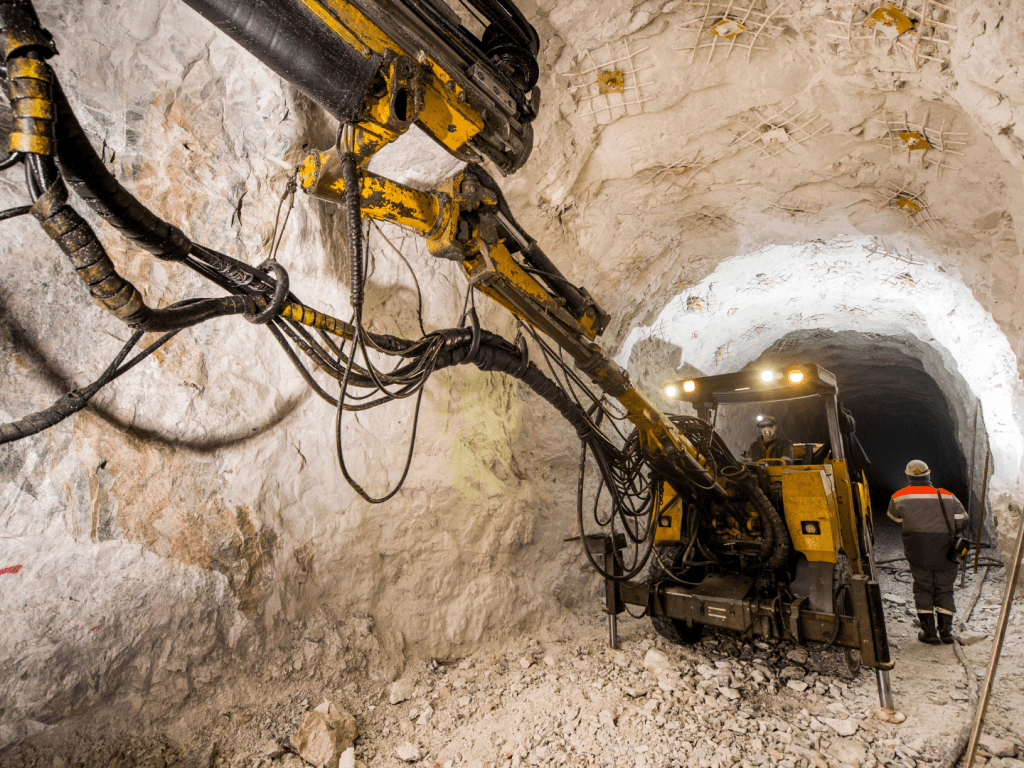By the numbers, South Africa’s mining sector is growing. But the question is, fast enough to matter?
According to the latest Minerals Council South Africa economic report, the mining production figures for June 2025 paint a mixed picture. Yes, there was a 0.2% month-on-month rise, with platinum group metals, coal, and manganese posting gains.
Join our WhatsApp channel for more updates
Quarter-on-quarter output was up 3.9%, recovering from a bruising start to the year. On the surface, it looks like a sector finding its footing again. But dig deeper and the cracks show: copper production plunged more than 33% year-on-year, iron ore and manganese fell, and mineral sales dropped sharply by 12.4% from May.
Gold sales alone declined by more than half, despite a 44% increase in price compared to last year. If higher prices can’t translate into better revenues, what does that say about operational bottlenecks?
ALSO READ: Another commission of inquiry, while mining continues to suffer from the mafia
The stakes are quite high. For years, it has been known that mining remains the backbone of South Africa’s economy, supporting hundreds of thousands of jobs, drawing foreign investment, and driving export earnings.
Any sustained growth in the sector can ripple outward, spurring manufacturing, boosting infrastructure projects, and injecting life into communities that rely on mining wages. The June uptick in PGMs and coal, for example, could feed directly into industrial demand and energy security, both critical for broader economic stability.
Yet, the pace is painfully slow. A year-to-date, production for the first half of 2025 is still down 3% compared to last year. Without a sharper rebound in both production volumes and global commodity prices, the sector risks under-delivering on its potential to fuel real economic momentum.
There’s also a global shadow hanging over these figures, US tariffs on South African mineral exports, plus the ripple effects of trade tensions between major economies. While the direct impact may be minimal for now, the indirect consequences could bite harder, curbing demand and squeezing margins.
The question, then, is whether the sector can pivot quickly enough—through investment in technology, streamlined logistics, and stronger environmental compliance – to capture opportunities in a shifting market. Mining has always been cyclical, but in today’s economy, being “just above zero” growth is not enough.

